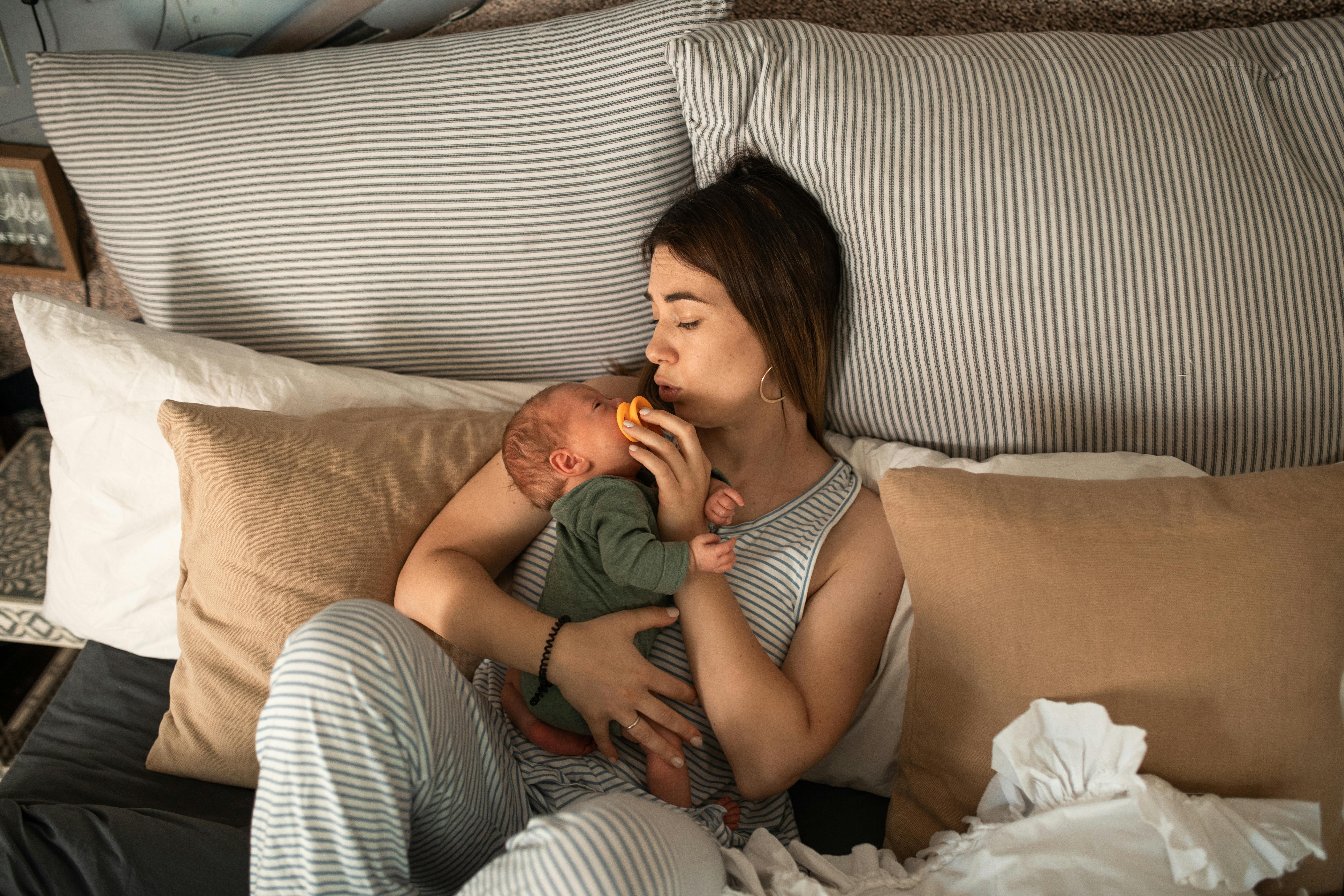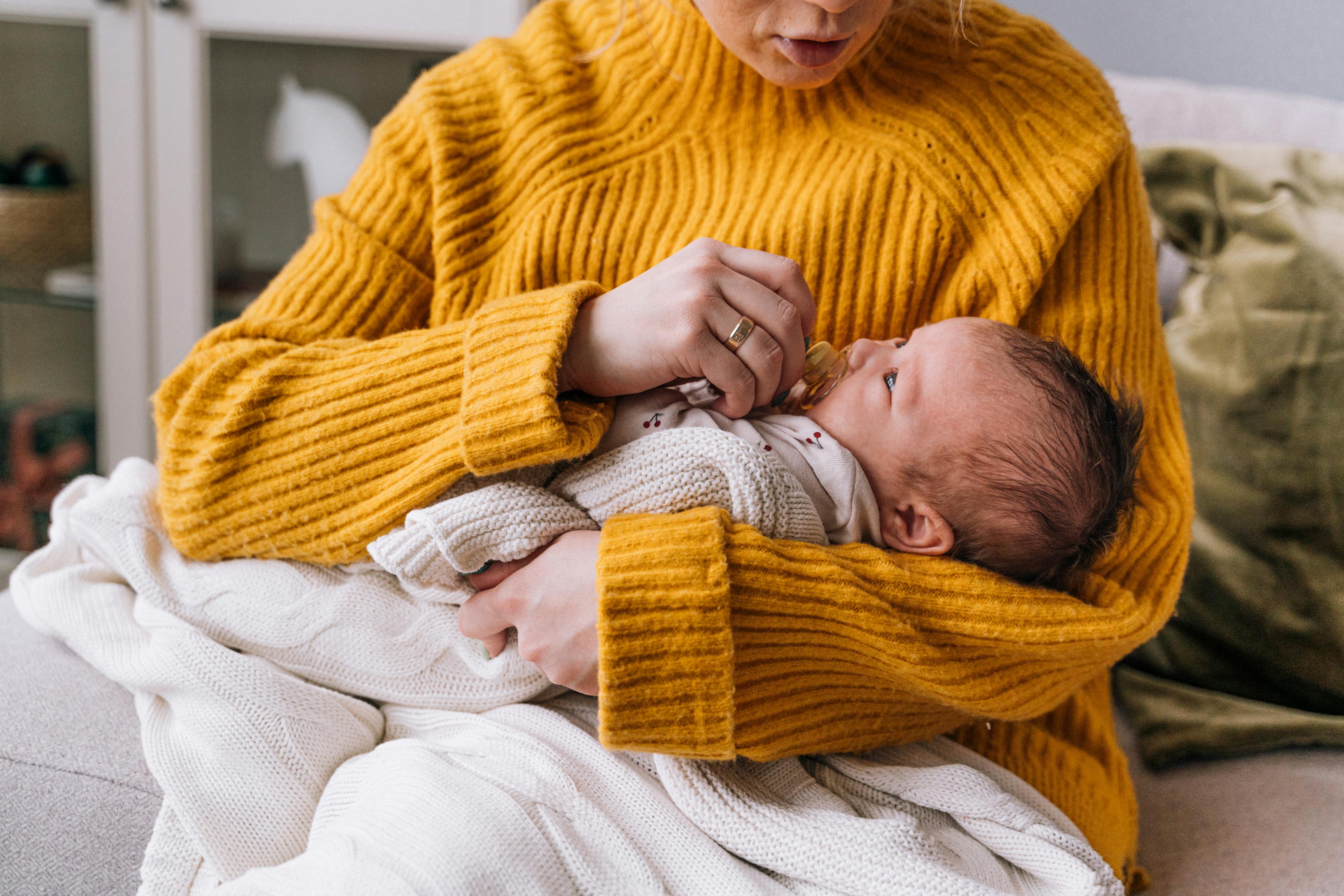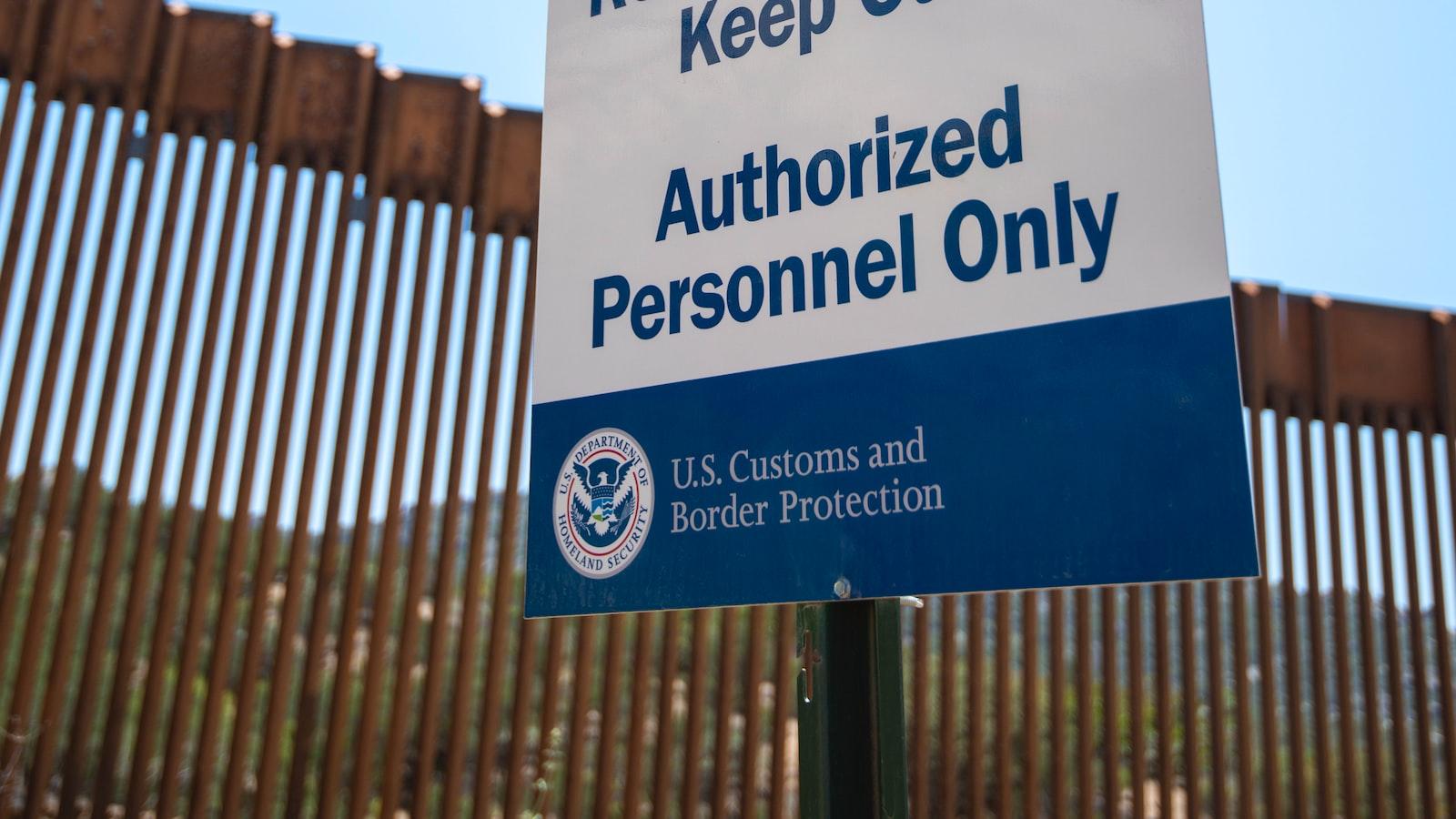Having a pacifier can be a great tool to pacify your baby. It can help them relax and sleep better, as well as soothe them during teething. However, some babies have difficulty keeping their pacifier in their mouth. This article will provide tips on how to keep the pacifier in your baby’s mouth.Encourage your baby to keep their pacifier in their mouth by providing positive reinforcement when they do. Praise them for keeping it in and offer rewards such as extra cuddles or a toy that they like when they successfully keep the pacifier in their mouth. Additionally, keep your baby’s pacifier clean and make sure to replace it regularly if it’s old or worn. Finally, try distracting your baby with different activities and toys when the pacifier falls out of their mouth so that they don’t become reliant on having it in their mouth all the time.
Help Babies Hold Onto Pacifier
Babies have a hard time holding onto their pacifiers, and it can be a frustrating experience for both parents and babies. Fortunately, there are a few tips you can use to help babies hold onto their pacifiers.
First, make sure the pacifier is the correct size for your baby. It should fit comfortably in their mouth without being too big or small. If it’s too big, it won’t stay in their mouth as well and may fall out easily. If it’s too small, they may not be able to keep it in because they don’t have enough room to secure it with their tongue and lips.
Second, consider investing in a pacifier clip that attaches to your baby’s clothing. This will help keep the pacifier attached to your baby so that it doesn’t fall out as easily. There are also some special pacifiers that come with clips already attached which can be very helpful as well.
Third, experiment with different types of pacifiers until you find one that your baby likes and can hold on to more easily. Some babies prefer orthodontic or “nipple” shaped pacifiers, while others might prefer flat ones with larger handles or even those that look like animals or cartoon characters.
Finally, try swaddling your baby when they use the pacifier. This helps keep them from moving around too much and will help keep the pacifier securely in their mouth while they sleep or rest.
By following these tips, you should be able to help your baby learn how to hold onto their pacifier more effectively and make life a little easier for both of you!
Finding the Right Pacifier
When choosing a pacifier for your baby, it’s important to find one that is comfortable for them. Look for a pacifier that is the right size and shape for your baby’s mouth. Make sure that the material is soft and will not irritate their skin.
Cleaning the Pacifier
To keep your baby’s pacifier clean, it should be washed with warm soapy water before each use. You can also put it in a plastic bag and put it in the refrigerator between uses to help keep it clean. It is also important to replace pacifiers regularly to avoid any health risks associated with extended use.
Securing the Pacifier
Once you have chosen and cleaned a pacifier for your baby, it is important to make sure that it stays securely in their mouth. You can use a special clip or strap that attaches the pacifier to their clothing or blanket, which will help prevent them from losing it while they are sleeping or playing. You can also try tucking the pacifier into their clothing so that it stays close to them but does not get lost easily.
Encouraging Discontinued Use
In addition to finding and securing a pacifier for your baby, you should also plan ahead for when you want them to stop using one. Generally, babies should stop using a pacifier by age two or three, so encouraging discontinued use early on can help make this easier in the future. You can do this by slowly cutting back on how often they are allowed to use a pacifier and offering rewards when they don’t ask for one.
Using a Pacifier Chain
A pacifier chain is a great way to help keep the pacifier in your baby’s mouth. It has a loop at one end that attaches to the pacifier, and the other end has some type of clip or ring that can attach to your baby’s clothing. When your baby moves around, the chain keeps the pacifier securely attached. You can also use a longer chain that can be secured around your baby’s neck like a necklace. This is especially useful when you’re out and about and need to keep track of the pacifier.
Introduce Pacifiers When Baby Is Ready
If you are introducing a pacifier for the first time, it’s important to wait until your baby is ready for it. Introducing it too early can lead to nipple confusion, which could interfere with breastfeeding. It’s best to wait until your baby is at least 4 weeks old and is latching well on the breast before offering him or her the pacifier.
Get The Right Size Pacifier
It’s important to get the right size of pacifier for your baby. If it’s too big for their small mouth, they may not be able to keep it in their mouth easily and may even choke on it if they try. On the other hand, if it’s too small, they may find it uncomfortable or won’t be able to suck on it properly. Look for pacifiers designed specifically for infants or newborns instead of one-size-fits-all models.
Limit Pacifiers During Feedings
To encourage good breastfeeding habits, limit your baby’s use of a pacifier during feedings. If he or she sucks on one during feeding times, then they may start using them as a substitute for breastfeeding instead of using them as an occasional comfort item between feedings. So make sure that breastfeeding sessions are free from any distractions like pacifiers so that he or she will focus solely on nursing from you without distractions.
Don’t Force It
If your baby doesn’t seem interested in using a pacifier, don’t force him or her to take one. Some babies just don’t like them and won’t take them no matter what you do! Instead of forcing them to take one, try offering alternatives such as cuddling, rocking, singing lullabies or giving them something else comforting such as their favorite toy or blanket instead
Essential Tips For Keeping Pacifier In Baby’s Mouth
One of the most common problems parents face when it comes to their baby is getting them to keep a pacifier in their mouth. It can be difficult to find the right combination of pacifiers, pacifier clips, and techniques that work for your child. Here are some tips to help you keep your baby’s pacifier in their mouth:
Costume Pacifiers
One way to make sure your baby keeps a pacifier in their mouth is by using costume pacifiers. These are usually made with soft materials and come in a variety of shapes and sizes. They also have clips that you can attach to your child’s clothing, making it easier for them to keep the pacifier in their mouth.
Pacifier Clips
Another option is to use a pacifier clip. These are small plastic or metal clips that attach the pacifier directly to your baby’s clothing or blanket. This makes it harder for the baby to take out the pacifier and helps ensure that they keep it in their mouth.
Pacifier Covers
Pacifier covers are another great way to help keep a pacifier in your baby’s mouth. These covers fit over the top of the pacifier and help prevent it from slipping out of the baby’s mouth or getting lost. They also come in a variety of colors and styles, so you can find one that matches your child’s personality.
Distraction Techniques
Distraction techniques can also be used when trying to encourage your baby to keep a pacifier in their mouth. You can try playing music, giving them toys, or even singing songs while they’re sucking on the pacifier. This will help keep them distracted and focused on sucking rather than trying to take out the pacifier from their mouth.

Using Pacifier Clips
Using a pacifier clip is one of the simplest and most effective ways to keep a pacifier in your baby’s mouth. It clips onto the baby’s clothing or diaper and attaches securely to the pacifier. This prevents it from falling on the floor or getting lost in the bedding. When using a pacifier clip, make sure it is secure but not too tight, as this can be uncomfortable for your baby. You should also check it regularly to make sure it is still firmly attached.
Proper Fitting
A properly fitting pacifier can help keep your baby comfortable and secure. If the pacifier’s size is too small, your baby may struggle to keep it in their mouth. On the other hand, if it’s too big, they may find it difficult to suckle or take it out when they need to. You should also check periodically for any signs of wear and tear, as this could lead to choking hazards.
Time & Duration
When introducing your baby to a pacifier, you should start with short periods of time and gradually increase as they become accustomed to it. This will help them get used to having something in their mouth and learn how to use it correctly. If you notice that your baby is becoming frustrated or agitated while using a pacifier, then limit its use until they are more comfortable with it.
Secure Placement
Placing a pacifier securely into your baby’s mouth can help keep them from dropping or spitting out the item. To do this, hold the teat between your thumb and forefinger and gently place it into their mouth while supporting their chin with your other hand. Make sure that you don’t force the item into their mouth as this can be uncomfortable for them.
Using Pacifier Clips
One of the most effective ways of keeping a pacifier in your baby’s mouth is to use a pacifier clip. These clips attach the pacifier securely to your baby’s clothing, making it easier for them to keep the pacifier in their mouth. They come in a range of materials and colors, so you can choose one that suits your baby’s style. They are also fairly inexpensive and easy to use.
Tightening the Pacifier
Another way to ensure that your baby can keep their pacifier in their mouth is to make sure it is fitted properly. Most pacifiers come with adjustable straps or clips, allowing you to adjust it to fit your baby’s size and shape. This will help ensure that the pacifier stays in place and doesn’t slip out of your baby’s mouth while they are using it.
Using Pacifiers With Teethers
If your baby enjoys using a teether as well as a pacifier, you might want to consider getting them a combination pacifier-teether. These are specially designed pacifiers with a built-in teether at the end, making it easier for babies to keep both items in their mouths at once. They also come in different colors and styles, so you should be able to find one that suits your baby’s preferences.
Limiting Use Of Pacifier
Finally, if your baby has trouble keeping their pacifier in their mouth, you may want to consider limiting how often they use it or only giving them access when they need it most. This will help ensure that they don’t become too dependent on the pacifier and also reduce their chances of losing it or dropping it on the ground.
Making Sure Your Baby Keeps Their Pacifier In Their Mouth
Keeping your baby’s pacifier in their mouth can be a challenge, especially if they’re fussy or are easily distracted. There are a few tips and tricks you can use to help make sure your baby keeps their pacifier in their mouth and stays content.
One of the best ways to keep your baby’s pacifier in is to make sure it fits properly. If the pacifier is too big, it may not stay in as well as one that fits more snugly. You should also check the pacifier periodically for signs of wear and tear. If you notice any cracks or other damage, replace it right away.
It can also help to give your baby something else to focus on when they suck on the pacifier. For example, if your baby likes music, you can put on a soothing song and let them suck while they listen to it. You can also try giving them a toy or book to look at while they suck for distraction purposes.
You may also want to try swaddling your baby when you give them the pacifier. This helps keep them calm and relaxed, which reduces the chances of them taking out the pacifier from their mouth too soon.
Finally, try not to leave long gaps between when your baby eats and when you give them the pacifier. If they’re hungry again soon after eating, they may be more likely to take out their pacifier so they can eat again sooner. This is why timing meals with naps or bedtime is important so that your little one has time for both eating and sucking on the pacifier without getting too hungry in between.

Conclusion
It’s important to remember that pacifiers should be used in moderation and taken away around the time a baby reaches one year of age. Pacifiers have many benefits, such as helping to soothe a baby, calming them during stressful times, and helping them learn to self-soothe. However, it is important to make sure that the pacifier is being used correctly and kept in their mouth properly. To do this, ensure that the pacifier is the correct size for your baby’s mouth, be aware of any potential risks posed by pacifier use, and make sure the baby’s teeth are not being affected by extended use. Finally, when it’s time to take away the pacifier, try distraction techniques such as providing a toy or singing a song.
With the right approach and precautions, using a pacifier can be beneficial for both parents and babies. Keeping a pacifier in your baby’s mouth can help parents get through those long nights of crying while allowing babies to self-soothe during stressful times or when they’re feeling uncomfortable.




